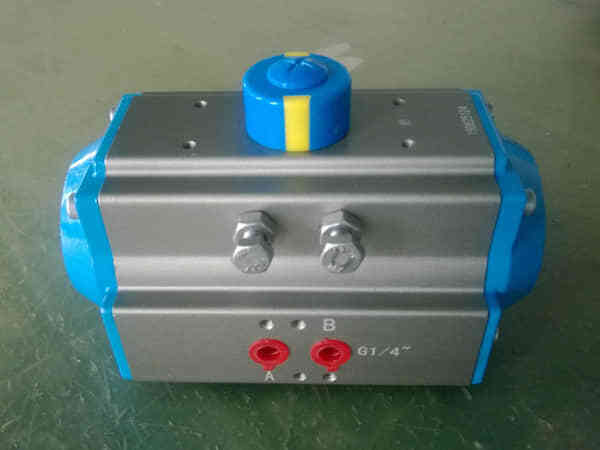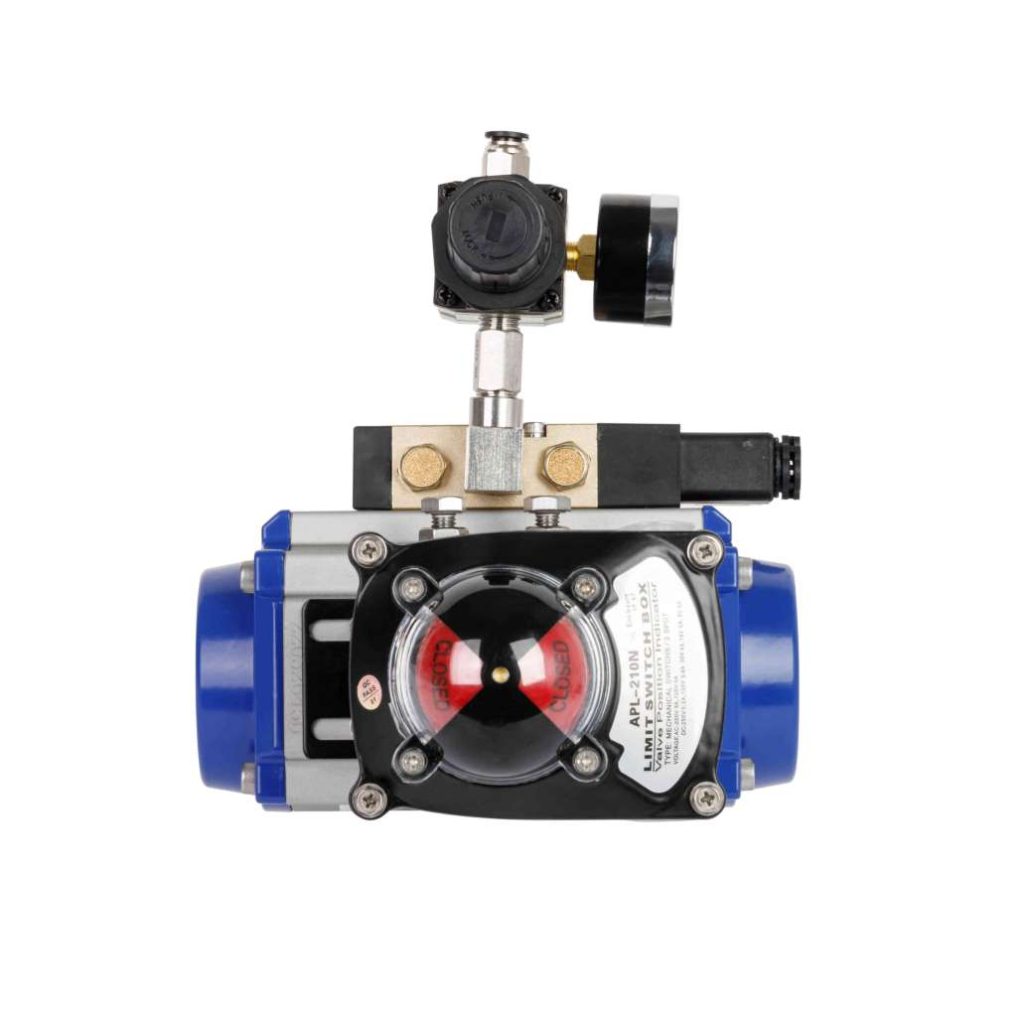Pneumatic actuators are essential components in a wide variety of industries, powering systems that require motion and control with the help of compressed air. These devices convert energy from compressed air into mechanical motion, offering high reliability, precision, and cost-efficiency. In this article, we will explore the working principles of pneumatic actuators, their types, and the key applications in which they are utilized.

What is a Pneumatic Actuator?

A pneumatic actuator is a mechanical device that uses compressed air to produce linear or rotary motion. The working principle involves the use of compressed air to drive a piston or diaphragm inside the actuator housing. This movement can either create a push or pull force depending on the design of the actuator. Pneumatic actuators are highly valued in industries because they are simple, efficient, and provide a good power-to-weight ratio. Types of Pneumatic Actuators There are two main types of pneumatic actuators: linear actuators and rotary actuators. Each type has distinct features suited for specific applications.
